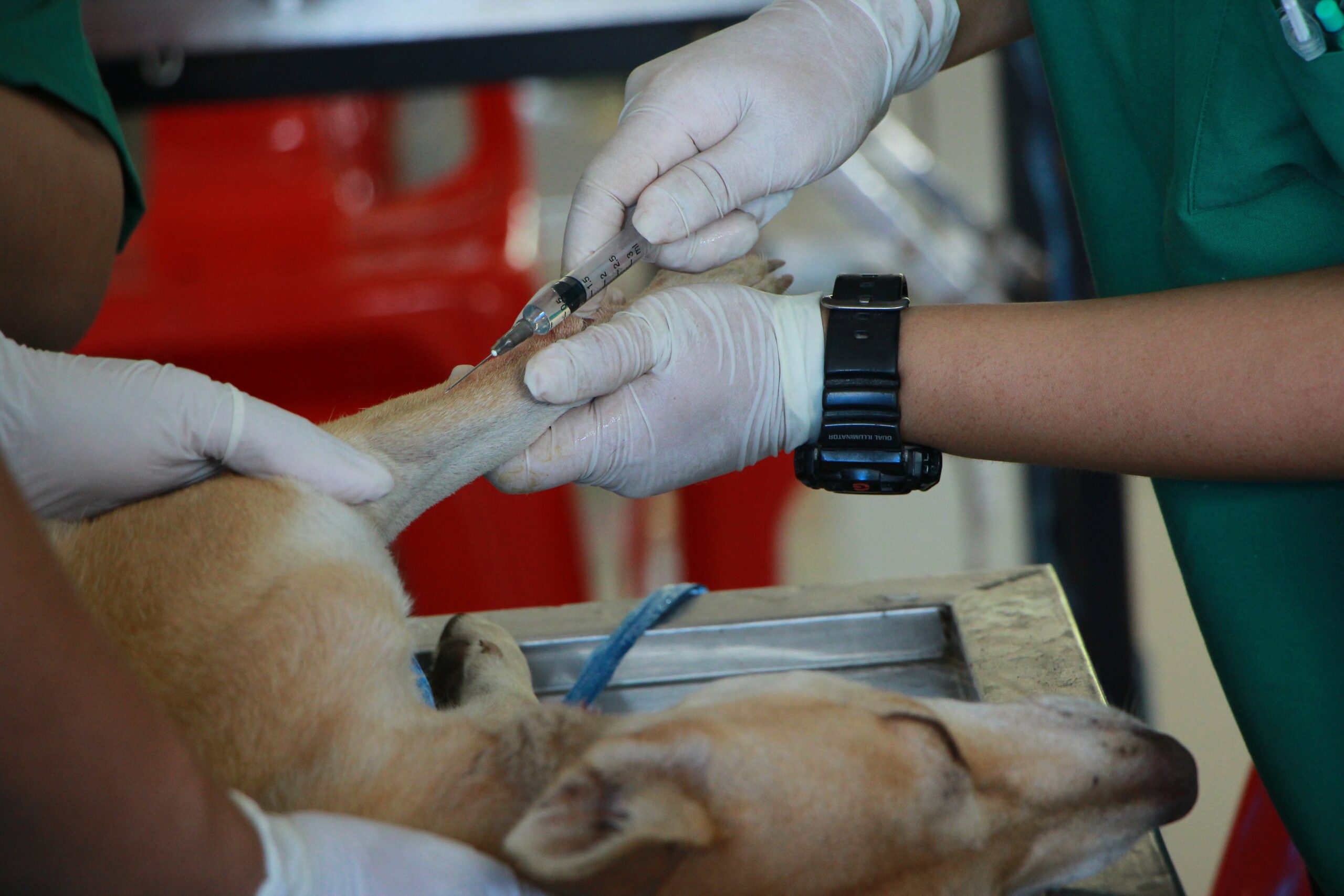Like humans, animals have sensory organs that enable them to adapt to the ecosystem. Indeed, dogs feel pain when they are endangered or physically harmed. The degree of pain usually depends on the intensity of the harm.
Pain relief for dogs is similar to managing pain for humans. There are various means of managing pain in dogs which may include;
- administering medication
- providing a more comfortable cushion
- seeing a veterinarian for a medical consultation.
Severe pain may lead to illness, fatigue, mood changes, or death. Therefore, knowing when a dog is hurting can save its life.
What you may not know about pain relief in dogs
There are many myths and unsubstantiated claims about pain relief for dogs. Here are some facts you may not know about pain relief for pets and why they are crucial:
1. Administering paracetamol may lead to further health complications
One of the ways dogs try to relieve pain is by licking their wounds. Although dogs typically lick their bodies, licking a particular area continually indicates that they might be in pain. Administering paracetamol to your dog can cause more severe harm. Paracetamol can be highly toxic to dogs. However, veterinarians have their version of paracetamol specially made for dogs, and only they should administer it.
2. Opioids can help with the pain
Although opioids are restricted, they have been used for centuries to relieve chronic pain: morphine, buprenorphine, and codeine make particular pain-relief medications for excruciating pain come from opioids. Kratom is also a natural supplement that can have similar effects as opioids. The indo white kratom can be an option, but you must ask your vet about its usage.
3. Only use aspirin as prescribed by the vet
Administering aspirin to a dog could lead to more health complications, including inflammation and stomach ulcers. Instead of giving them aspirin, you may take them for a medical checkup if they whimper, bark, bite or withdraw from you whenever touched. Aspirin can have pain-relieving effects on a dog. Yet, only vets may use aspirin on their patients.
4. A vet can measure the intensity of the pain in dogs
Dogs rarely lie down in one place for long unless they are sleeping. If a dog is unable to move from its position, then it is likely in severe pain. With modern technology, veterinarians can now determine the gravity of a dog’s pain. Vets can use pain scales to measure pain. This can help dogs get immediate and effective medical care to relieve pain.

5. Not all NSAIDs can be administered to dogs.
While non-steroidal anti-inflammatory drugs (NSAIDs) can have pain-relieving effects on humans, they may be fatal for animals. Some of the common NSAIDs are ibuprofen, diclofenac, and aspirin (high dose). Giving them to your dog can be fatal. However, etodolac and carprofen are examples of NSAIDs you can get for your dog.
6. Physical therapy can help relieve the pain
There are ways of providing pain relief for your dog that do not necessarily involve medication or surgery. Physical therapy can help relieve a dog’s pain. Sometimes a good massage or limb stretching may go a long way in restoring your pet to health. Besides physical therapy, acupuncture and laser treatment can bring some relief to a dog.
7. Surgery may be the last option
Surgery might be the only option when medication or physical therapy no longer brings relief to a pet. However, the cause for surgery depends on the severity of the pain and the cause. Sometimes, the obvious way of knowing a dog is hurting is by seeing them bleed. Also, it can be difficult to tell if a dog is in pain until you see a fracture. A fracture indicates a broken bone that may need surgery to fix.
To help you protect your dog, here are seven facts you didn’t know about pain relief for dogs and how to know they are in pain.
How can I tell that my dog is in pain?
Dogs do not have the same level of intelligence as humans. This makes it challenging to tell when they are in pain. Also, dogs can hide their pain perhaps better than the average human. However, dogs feel pain as much as humans, and whatever hurts humans would most likely harm a dog. For example, poking the skin with a needle would hurt humans as much as dogs.
If you notice any of these signs, then your dog is most likely in pain:
- Mood change. When dogs–especially the usually cheerful ones–suddenly become moody, they might be in pain. These mood changes can also include aggressiveness.
- Limping. Even for humans, limping can be a sign of pain. Thus, when your dog suddenly begins to limp, it could be in severe pain.
- Incessant panting. Dogs pant, and it can signal nervousness. Yet, when the panting goes on non-stop, they could be in pain.
- Whimpering. While humans sometimes express negative emotions by crying, dogs whimper. Although whimpering may only mean that a dog is sad, continual, or abnormally loud, whimpering might signal severe pain.
- Uncharacteristically withdrawing from humans or animals. Dogs can be warm and playful, so a sudden change in their behavior can be a sign of pain. Thus, take note when they unusually withdraw from humans or other pets.
- A reduced appetite. When in severe pain, dogs can become restless and unable to eat. This could be caused by sickness or pain.
Final Thoughts
Although they may not be experts at expressing themselves, dogs do feel pain as well as humans. You may never know how much pain your dog is in until you take it to the vet for a checkup. Yet, there are many signs you can occasionally look out for to prove that your pet is in severe pain. Finally, try not to administer your regular pain meds to your dog regardless of the severity of their pain. Instead, take your pet to the veterinarian- they will take it from there.
photo credit: https://www.pexels.com/photo/vet-vaccinating-adult-tan-pit-bull-terrier-1350591/
Love our content? Share it with a friend or link it to social media. Like short clips of cute household pets? Training tips? Follow us on instagram @nydognanny or on YouTube at nydognanny. Have some news you needs to get to dog and cat parents stat? Email info@newyorkdognanny.com with your article pitch.







